Remember photographer Noah Kalina? He took a picture of himself every day for six years and made a time-lapse video with the photos. The Simpsons even did a spoof that showed Homer’s life over a couple of minutes. Kalina’s kept the picture-taking going, and it’s been twelve and a half years now. He made a new video.
Six years is a long time, but you didn’t see that much change in the first video. In this one, you can start to see the age in his eyes. The forty-year update will be something to see.
[via kottke]

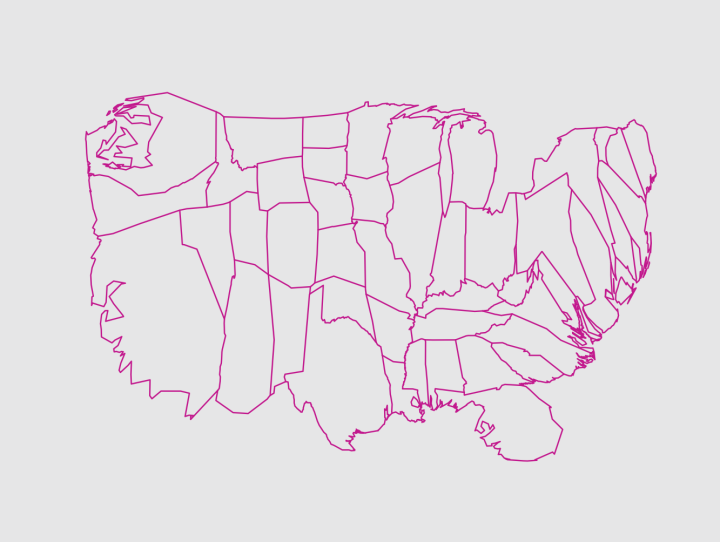
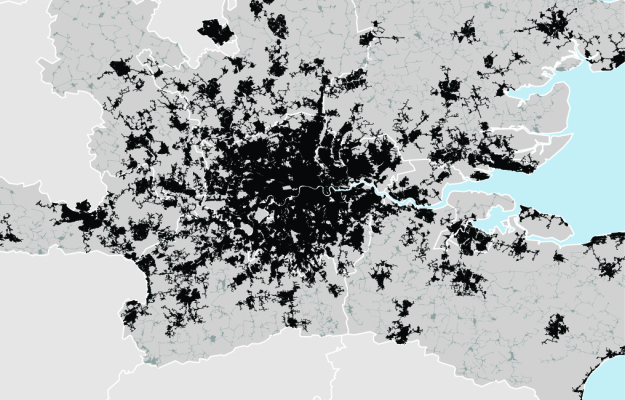
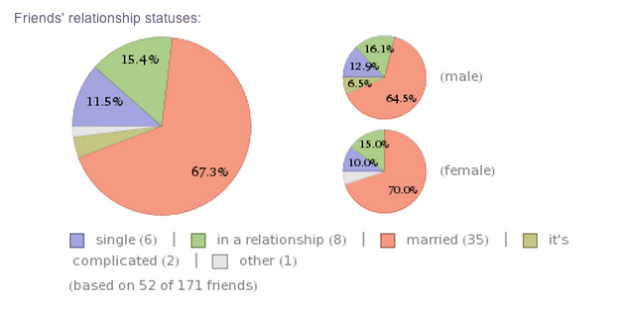
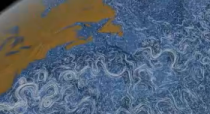 Horace Mitchell, director of the NASA Scientific Visualization Studio
Horace Mitchell, director of the NASA Scientific Visualization Studio 
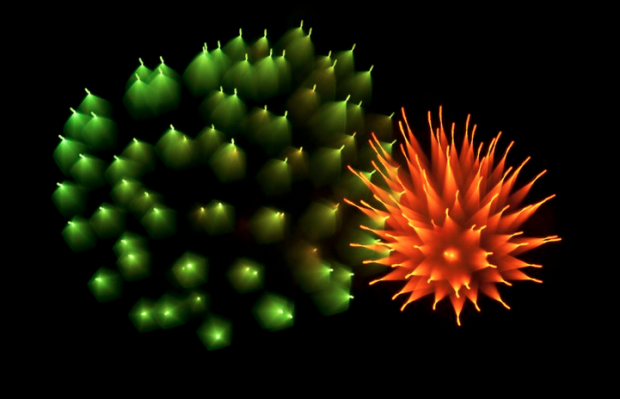
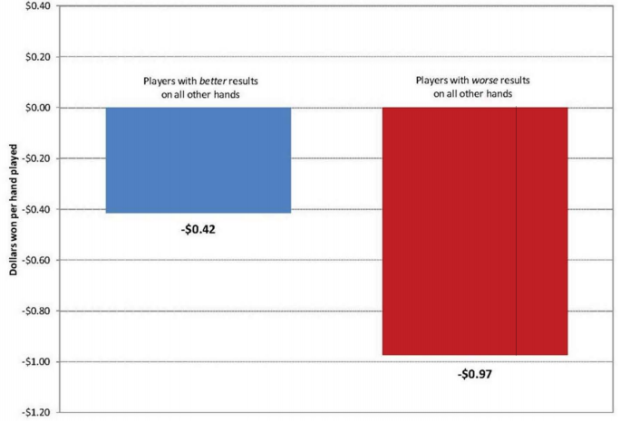
 Visualize This: The FlowingData Guide to Design, Visualization, and Statistics (2nd Edition)
Visualize This: The FlowingData Guide to Design, Visualization, and Statistics (2nd Edition)










